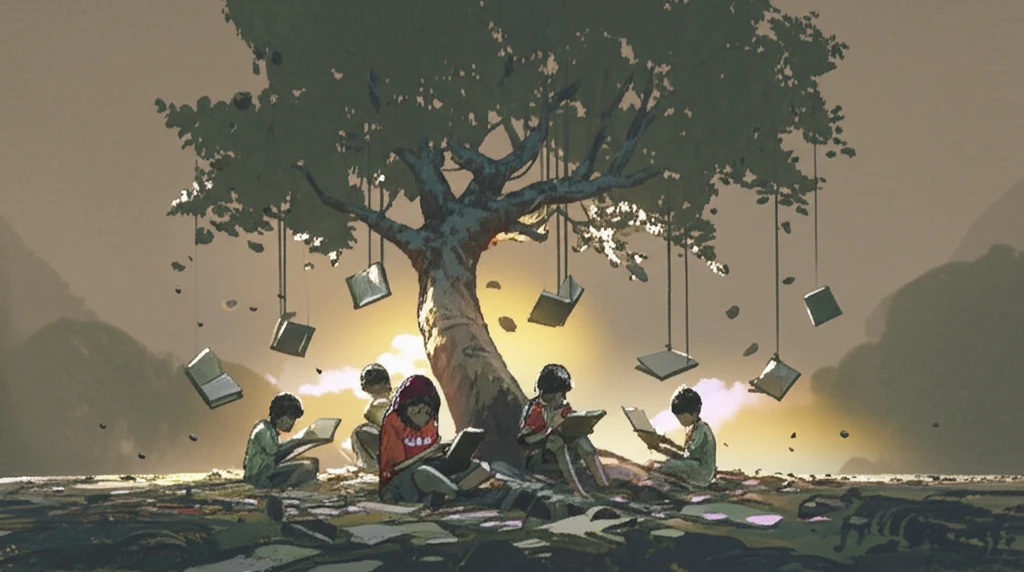
Education as a Lifeline: Strategies and Policies for Refugee Students
"Navigating Challenges and Charting a Course for Inclusion"
In an era defined by unprecedented human mobility, the number of refugees continues to surge, underscoring the urgent need for effective strategies and policies to support this vulnerable population. Among those displaced, children represent a significant proportion, emphasizing the critical role of education in shaping their futures.
Education stands as a beacon of hope, offering not only knowledge and skills but also a sense of stability and normalcy amidst the chaos of displacement. However, refugee students face a myriad of challenges, from language barriers and cultural differences to trauma and limited access to resources. Addressing these obstacles requires a comprehensive and coordinated approach involving governments, international organizations, educational institutions, and local communities.
This article delves into the multifaceted landscape of refugee education, examining the key strategies, policies, and directions driving change. From international frameworks to grassroots initiatives, we will explore the innovative approaches aimed at ensuring that all refugee students have access to quality education and the opportunity to thrive.
Understanding the Key Terminologies: Refugee, Asylum Seeker, and IDP

The landscape of forced migration is complex, with a diverse array of terms used to describe the experiences and legal status of those displaced. Understanding the nuances of these terms is essential for crafting effective policies and interventions.
- Refugee: A person who has been forced to flee their country due to a well-founded fear of persecution based on race, religion, nationality, political opinion, or membership in a particular social group. Refugees are entitled to protection under international law, including the 1951 Refugee Convention.
- Asylum Seeker: A person who has fled their country and is seeking protection in another country but whose claim for refugee status has not yet been determined. Asylum seekers are entitled to certain rights while their application is being processed.
- Internally Displaced Person (IDP): A person who has been forced to flee their home but remains within the borders of their own country. IDPs face many of the same challenges as refugees but do not have the same level of international protection.
- Stateless Person: A person who is not recognized as a citizen by any country. Statelessness can result from a variety of factors, including discrimination, legal loopholes, and state succession. Stateless persons often face significant barriers to accessing education, employment, and other essential services.
Charting a Path Forward: Collaboration, Innovation, and Inclusion
The journey to ensuring quality education for all refugee students is a complex one, requiring sustained commitment, collaboration, and innovation. By embracing inclusive policies, fostering culturally responsive practices, and empowering refugee communities, we can create learning environments where all students have the opportunity to thrive.
